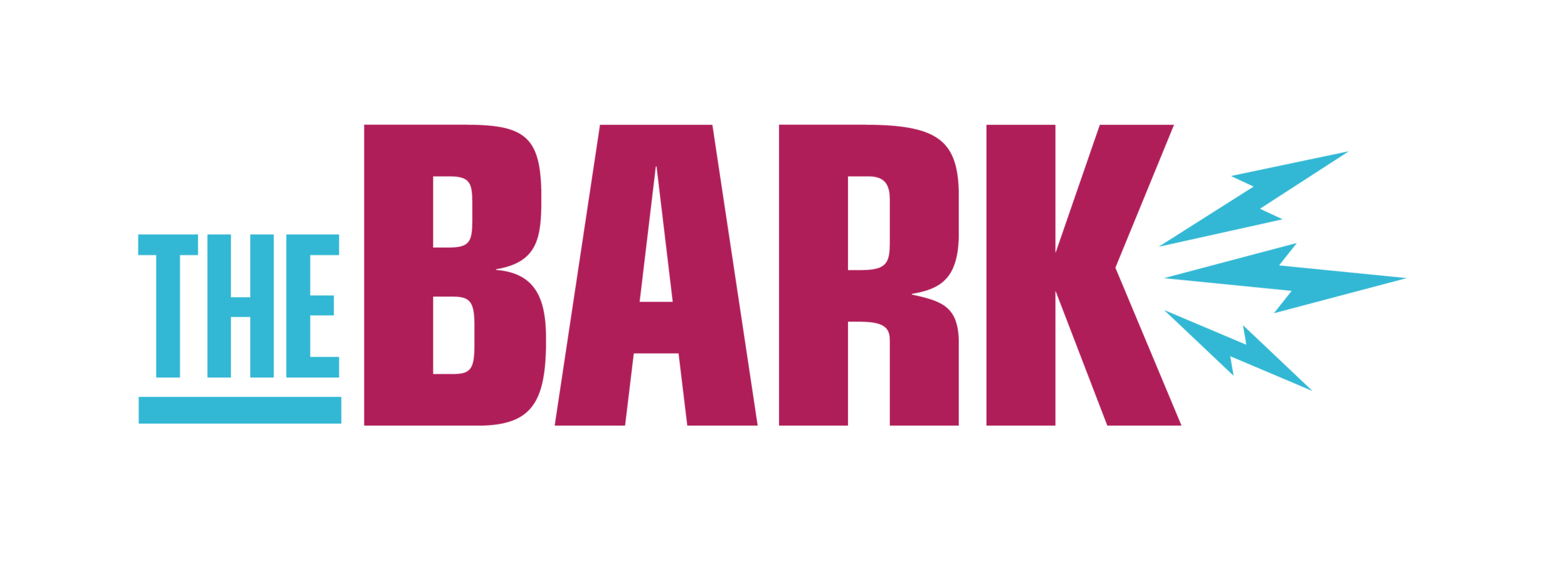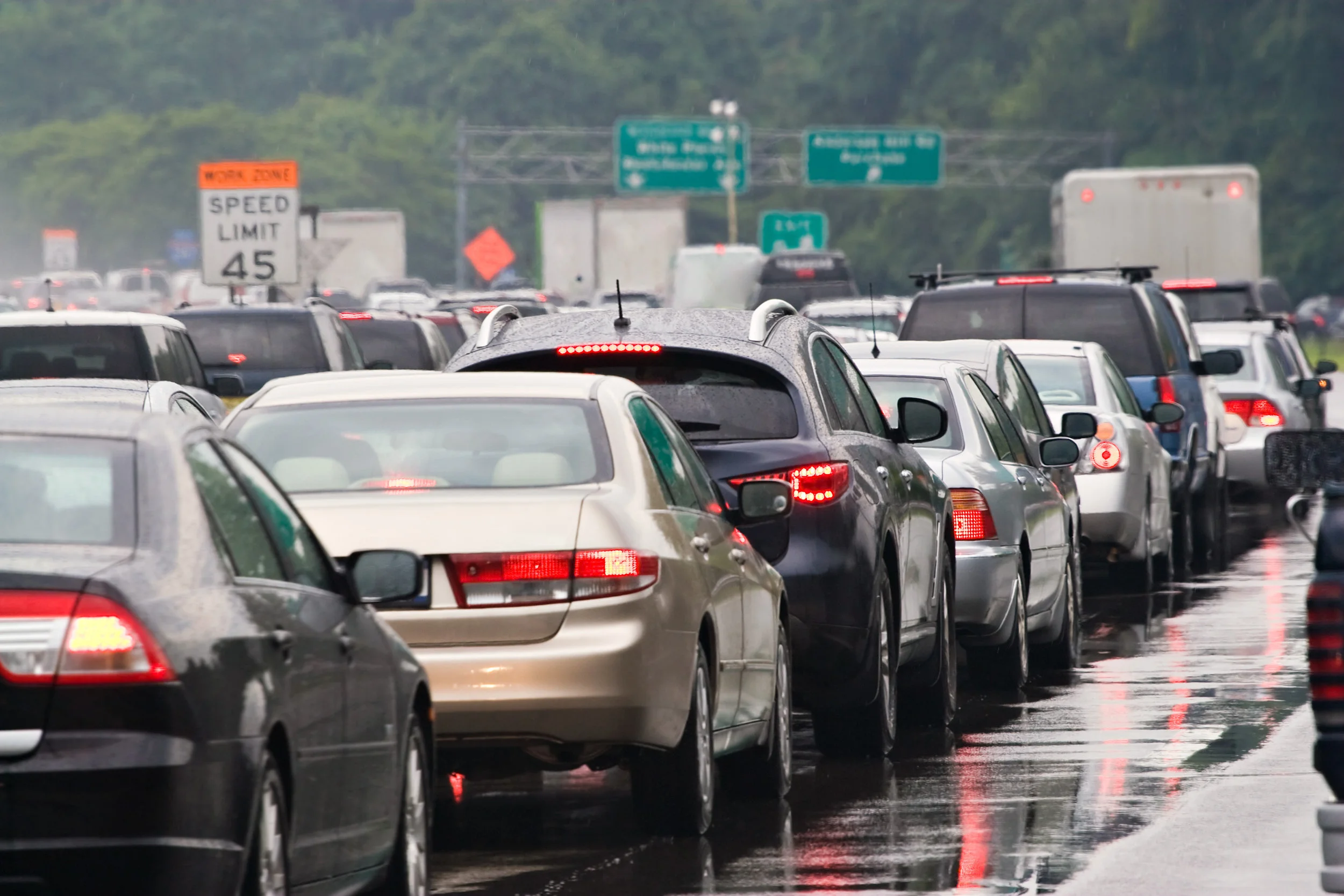How The Department of Vehicle Services is dealing with a different kind of traffic
Written by Ben Mandebvu | Archived Nov. 3, 2020
Photo courtesy of Creative Commons
You just passed your road test and now you’re patiently waiting for your license to come in the mail. As told by one of the clerks at any Minnesota Department of Vehicle Services desk it’ll be about 7 to 8-weeks depending on your specific inquiry.
You begin waiting on your ID to come in the mail which may be a little more waiting around this time of year.
7 to 8-weeks pass and no license has come to your door and this could be for plenty of reasons. Megan Leonard, Public Information Officer of DVS explains the beginning of the long journey your little piece of plastic takes
“New applications must be reviewed at the Dept. of Public Safety Driver and Vehicle Services division (DPS-DVS) headquarters before a license is issued.”
This license review process can take from just a few weeks to months, several months. This long period of waiting usually follow the busiest testing time in the state, late Spring till the fall. This is when new drivers are bracing the roads and flooding the doors of their local DVS office.
Like many other DMV-type departments around the country, Minnesota’s DVS has been tasked with the issuing of multiple drivers licenses.
There are currently three different types driver's licenses for Minnesotans.Traditional standard license, what majority of drivers currently possess as well as the new REAL ID license which is being implemented across the country and the Enhanced license.
This range of choices actually hasn’t derailed the amount of standard licences applicants. Approximately 15,000 Minnesotans have applied for a REAL ID since they became available Oct. 1, 2018 and over 105,000 Minnesotans have applied for a standard driver’s license since the same date.
Photo courtesy Courtney Corlew
Though government offices such as DVS often get a bad reputation of being slow at processing information. This misguided frustration is usually voiced by the public during the busiest seasons such as this.
DVS has said they have been trying to meet this growing demand.
Leonard stated that “DPS-DVS is working to ensure that all cards are processed as quickly as possible, and has instituted mandatory overtime and is adding additional staff to help reduce the processing time for new applications”.
This initiative doesn’t seem to be enough to satisfy some unsettled Minnesota residents especially as voting season has dawned upon us. Senior Duluth resident Roger Nelson said “ It's one of those things you would think we had the technology for already”
Upset like many when having to spend hours upon days resolving identification issues before the election.
Most of the delys have stemmed from the update in processing software which occured for all license bureau sites in 2017. This switch cost an initial $93-million dollars with additional $43-million for glitch patches, fixing the kinks.
“... FAST representatives, provided extensive training to internal staff and driver’s license agents…”
FAST Enterprises, the private sector company which developed the new software has stood by and aided DVS in implementing it successfully.
DVS has had computer-based training led by FAST which began in June as well as other classroom based training which lasted through September.
Leonard adds “ DVS also tested the system internally and with driver’s license agents across the state for five months leading up to the launch. FAST representatives were stationed at driver’s license offices throughout Minnesota to assist agents during the first two weeks of October.”
So is the wait worth it?
Of course it is, not only is the DVS doing this change to be more efficient but to ensure safety of all Minnesotans while traveling.
Earlier this year Tony Chesak, the director of the Minnesota Licensed Beverage Association, was quoted in the St. Paul Pioneer Press saying
“Far Gone are the years when IDs are made in somebody’s dorm room, with an X-acto knife or a pair of scissors”
TSA and other agencies have begun implementing a new system for detecting counterfeit IDs, Credential Authentication Technology (CAT) which uses different forms of laser reading and other technologies.
This CAT system has been deployed at 13-airports across the country within the past couple months as a trial phase.
Patience will be needed for a little bit longer as this technology is perfected and our country revises its safety standards.


